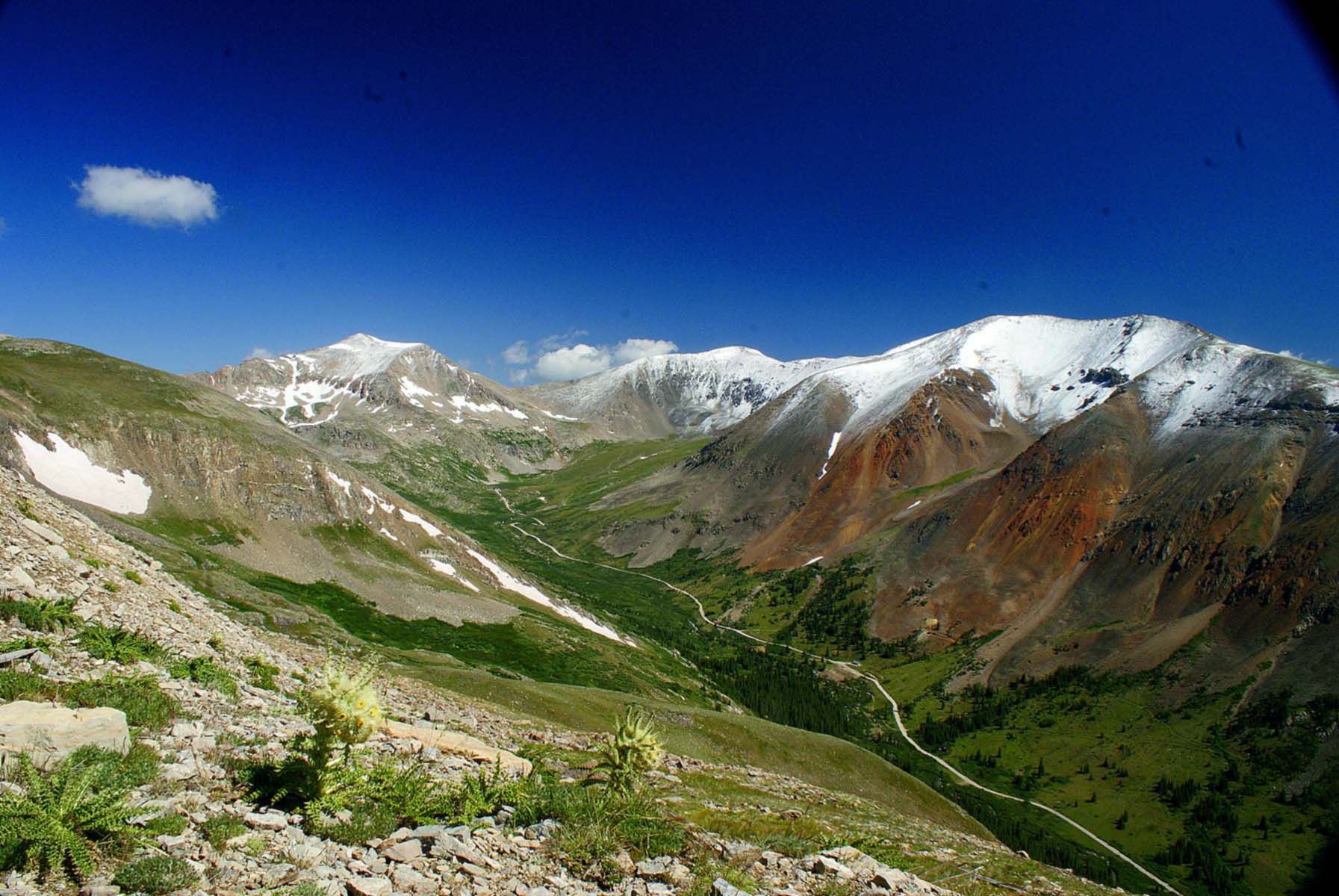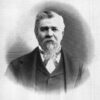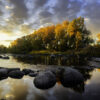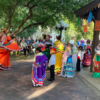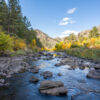Across America there are places that are richly layered with stories of people, their traditions and arts, their histories and their breathtaking landscapes. Forty-eight of these areas have been recognized by Congress as places that have made significant contributions to the history of and the formation of the United States. These places have have been designated as National Heritage Areas.
In 2009 Congress established the Sangre de Cristo National Heritage Area (SdCNHA) in the San Luis Valley for the purposes of providing an “integrated and cooperative approach for the protection, enhancement, and interpretation of the natural, cultural, historic, scenic and recreational resources of the area.” In the feasibility study that led to this national recognition it was stated that SdCNHA represents a “profound historical, religious, cultural, ethnic and biological diversity that historically served as a staging ground for a new nation that was being redefined. Hispano, Anglo and Native American Cultures interacted in this area, witnessing the convergence of the old with the new.”
Alex Hernandez, the National Heritage Area Regional Coordinator for the National Park Service (NPS), led a two-day training session in Boulder, Colorado in mid-June. “The National Park Service was pleased to host a regional National Heritage Areas workshop, where representatives from the Intermountain Region’s six National Heritage Areas could collaborate with one another and share ideas for engaging the public on meaningful heritage-oriented projects. The Intermountain Region’s heritage areas highlight the diverse and significant stories of our nation’s history and the West. Their community-driven efforts to tell these stories demonstrate the importance of partnerships among communities, heritage areas, and National Park units.”
Tori Martinez, Executive Director of Sangre de Cristo National Heritage Area, stated “We are proud to be a part of this national effort to preserve, protect, and promote our countries stories and natural resources. Though each National Heritage Area is unique in what we focus on, we all strive to share our piece of the countries history with locals and visitors. This common goal provides many opportunities for collaboration, which makes National Heritage Areas a good model of partnerships with government and the private sector, nonprofit and business, higher education and K-12.”
Sangre de Cristo National Heritage Area(CO), was one of six National Heritage Areas represented at the Boulder training. The others were South Park National Heritage Area(CO) and Cache la Poudre National Heritage Area(CO), Northern Rio Grande National Heritage Area(NM), Mormon Pioneer National Heritage Area(UT) and Yuma National Heritage Area(AZ). Some of the topics covered were collaboration efforts between National Parks and Heritage Areas and Heritage Areas with each other, legislative outreach, resource needs, reauthorization planning, sustainability, technical assistance opportunities and National Parks Service support.
Each Heritage Area was able to share about the projects going on in their region and highlight some of the work they have done to help preserve and protect their sacred places.
“It was amazing to hear stories about history and culture from the regional representatives. One of the most important lessons I took from the workshop was the realization we all share so much of the same story. The people and their heritage on the land we all love is the communal experience we all strive to preserve and protect. Together we can bring a tapestry of wonderful stories to the public square.” said James Nelson, Associate Director of Mormon Pioneer National Heritage Area.
Each heritage area was able to share what programs they have accomplished in the last year and the efforts they are making for their heritage area to have sustainable resources for the future. One effort that is universal across the board is the heritage areas partnerships with National Park Service.
Kathleen Benedict, Executive Director of Cache la Poudre River National Heritage Area stated, “Working collaboratively with our National Park Service representatives in the Intermountain Region helps National Heritage Areas like the Cache la Poudre River by integrating and promoting our initiatives on a larger scale. These cooperative efforts ultimately allow smaller organizations like the Poudre Heritage Alliance to have a bigger impact on a national-level, thereby assisting with the fulfillment of our organizational goals and mission.”
National Heritage Areas are not national park units. NPS does not assume ownership of land inside the boundary of each National Heritage Area nor does the NPS impose land use controls as a result of National Heritage Area designation. Rather, NPS partners with, provides technical assistance, and distributes matching federal funds from Congress to National Heritage Area coordinating entities. Some heritage areas like Sangre de Cristo have a National Park within their boundaries and thus create even closer partnerships.
Kathy Faz, Chief Interpreter for Great Sand Dunes National Park and Preserve also attended the training. She stated, “Great Sand Dunes is proud to be included within the boundaries of the Sangre de Cristo National Heritage Area, it allows the park to enhance our visitor’s experience within the surrounding communities. We will continue to support a variety of community-based activities that celebrate the rich culture and history of the southern San Luis Valley.”
One thing was evident, National Heritage Area staff and National Parks staff all care greatly about preserving our nation’s historic and geographic features and will continue to work in close partnership for generations to come, so that tourists and residents alike can continue to enjoy America’s past, present and future.
*Photo courtesy of South Park National Heritage Area
For more information, please contact:
Jordan Williams, Assistant Program Manager, Poudre Heritage Alliance, 970-295-2851

